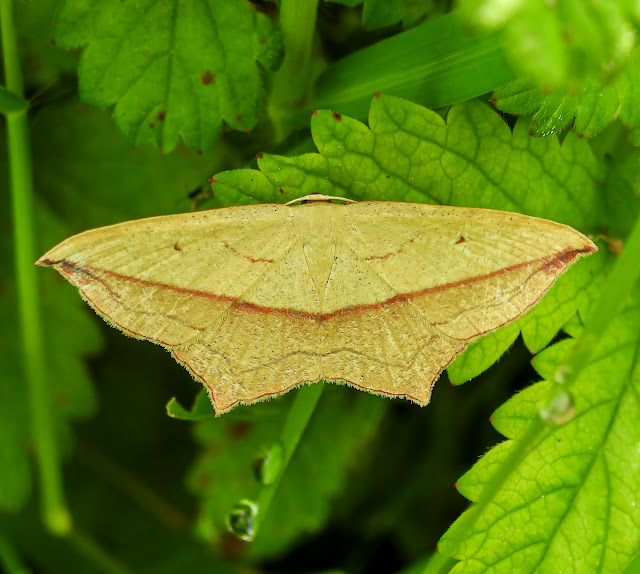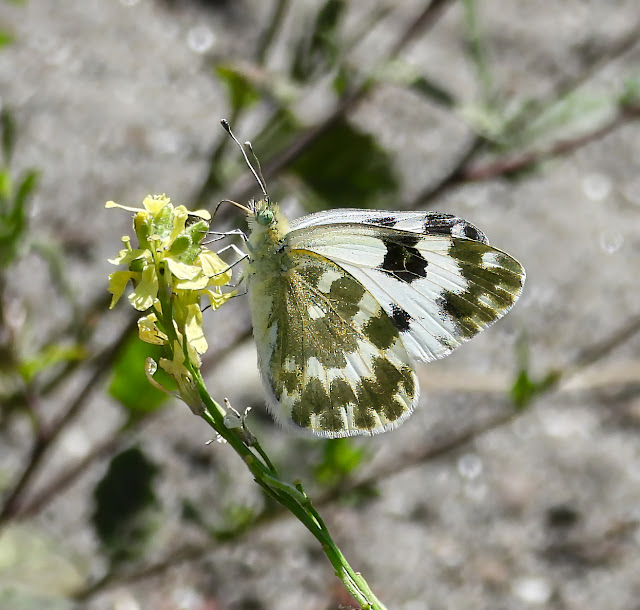Papilio machaon, the Old World swallowtail, is a butterfly of the family Papilionidae. The butterfly is also known as the common yellow swallowtail or simply the swallowtail (a common name applied to all members of the family, but this species was the first to be given the name). It is the type species of the genus Papilio. This widespread species is found in much of the Palearctic (it is the only swallowtail in most of Europe) and in North America.
This species is named after Machaon (Ancient Greek: Μαχάων, romanized: Makháōn) a figure in Greek mythology. He was a son of Asclepius.
This butterfly is present throughout the entire Palearctic region, ranging from Russia to China and Japan, (including the Himalayas and Taiwan), and across into Alaska, Canada, and the United States, and thus, is not restricted to the Old World, despite the common name. In Asia, it is reported as far south as Saudi Arabia, Oman, the high mountains of Yemen, Lebanon, Iran and Israel. In southern Asia, it occurs in Pakistan and Kashmir, northern India (Sikkim, to Assam, and Arunachal Pradesh), Nepal, Bhutan, and northern Myanmar.
This butterfly is widespread in Europe. In the United Kingdom, it is limited to a few areas in the Norfolk Broads of East Anglia. It is the UK's largest resident butterfly. The monarch (Danaus plexippus) is slightly larger, but is only a rare vagrant.
As P. machaon is widespread throughout Eurasia and often common, it is not threatened as a species. It is listed as "vulnerable" in the South Korean and Austrian Red Data Books, and in the Red Data Book of the former Soviet Union. In Armenia the species demonstrates stable population trend and is assessed as Least Concern.
In some countries, P. machaon and its subspecies are protected by law. Papilio machaon machaon is protected by law in six provinces of Austria, Czech Republic, Slovakia, Hungary, Romania, and Moldova. The species is protected in the United Kingdom, and subspecies verityi is protected in India.
The butterfly has a strong and fast flight, but frequently pauses to hover over flowering herbs and sip nectar. It frequents alpine meadows and hillsides, and males are fond of 'hilltopping', congregating near summits to compete for passing females. At lower elevations, it can be seen visiting gardens.

%2020.jpg)


%201.jpg)





.jpg)
%202.jpg)

%201.jpg)

%201.jpg)



%2020.jpg)
%2021.jpg)

%201.jpg)



%202.jpg)

%201.jpg)